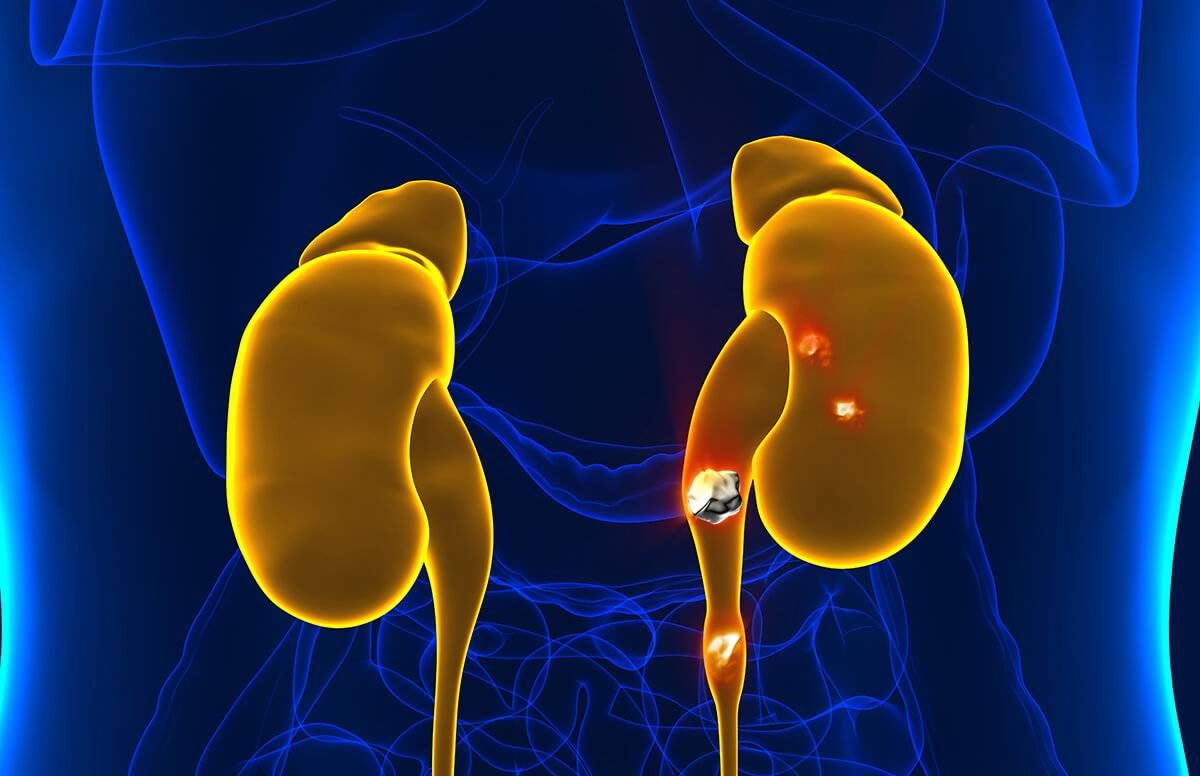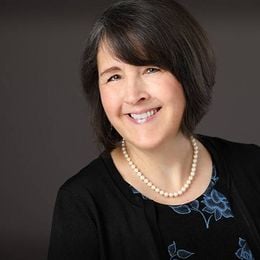How to Cut Your Risk of Kidney Stones
They're common and can be painful. Take these steps to prevent them.
By the time they hit their 70th birthday, 19 percent of men and 9 percent of women will be diagnosed with at least one kidney stone, according to a national study.

“They are super common, and it’s become a bigger and bigger issue,” said Dr. Seth Bechis, a urologist and assistant professor of urology at UC San Diego Health.
In fact, a study published Feb. 12 in the journal Mayo Clinic Proceedings found that the incidence of kidney stones had increased more than fourfold among women and more than twofold among men from 1984 to 2012.
They can strike at almost any age, but most of his patients are in the 40s, 50s and beyond, Bechis said.
Geography plays a role, too. Kidney stones tend to occur more often among residents of southern states, prompting health workers to dub the region “the stone belt.” That may be because people are more likely to become dehydrated in warmer weather, and many Southerners eat high-salt diets, Bechis said.
What Are Kidney Stones?
Kidney stones are small, hard pieces of material formed in the kidneys when levels of certain minerals in the urine are high. They range in size from a grain of sand to a pea and may be smooth or jagged.
If a stone gets stuck as it travels down the urinary tract, it can block the flow of urine. That can potentially lead to infection and kidney damage.
If you have suffered from kidney stones, you know they can pack a mean punch.
Some have described kidney stone pain as rivaling that of childbirth. Even the toughest, most stoic patients can be reduced to tears by even a small kidney stone, Bechis said. Depending on the size and location of the stone, the pain may be in the side and back, below the ribs, and can radiate into the lower abdomen and groin, according to the Mayo Clinic.
Who Gets Kidney Stones?
Individuals who get one kidney stone are at a greater risk of producing additional stones. A family history of the disorder also makes developing stones more likely. So does a history of urinary tract infections.
But there are ways you can minimize the risk, said Dr. Marcelino Rivera, a urologist at the Mayo Clinic in Rochester, Minn. Here's how:
Lower Your Risk of Kidney Stones
Drink lots of liquids. Dehydration increases your risk of kidney stones. When urine is too concentrated, minerals have a greater chance of crystalizing and binding together. Aim to drink two liters of liquids a day (about 64 ounces, or eight eight-ounce glasses).
Eat less meat and fewer salty foods. Meats and foods with a lot of salt can increase the level of uric acid in urine, which can lead to a kidney stone. This is especially true in people who are obese or have diabetes.
Get more citrate. Foods like oranges, orange juice, lemonade and clear diet sodas are high in citrate, which helps prevent stones from forming.
Take care of urinary tract infections. Urinary tract infections, or UTIs, can cause a certain type of stone — more common in older women — that may lead to a serious kidney infection.
Drop a few pounds. A high body mass index (BMI) and large belly have been linked to a greater risk of kidney stones.
Prevent One Kidney Stone from Becoming More
What sticks in most people’s minds after a kidney stone is the memory of the pain and whatever treatments they may have needed. But it’s vital to work with your doctor to keep future incidents at bay, Rivera said.
“It's the preventing of the future stone event that is probably the most important to them — so that they don't have to undergo another procedure or go to the ER or experience a urinary tract infection,” he said.


